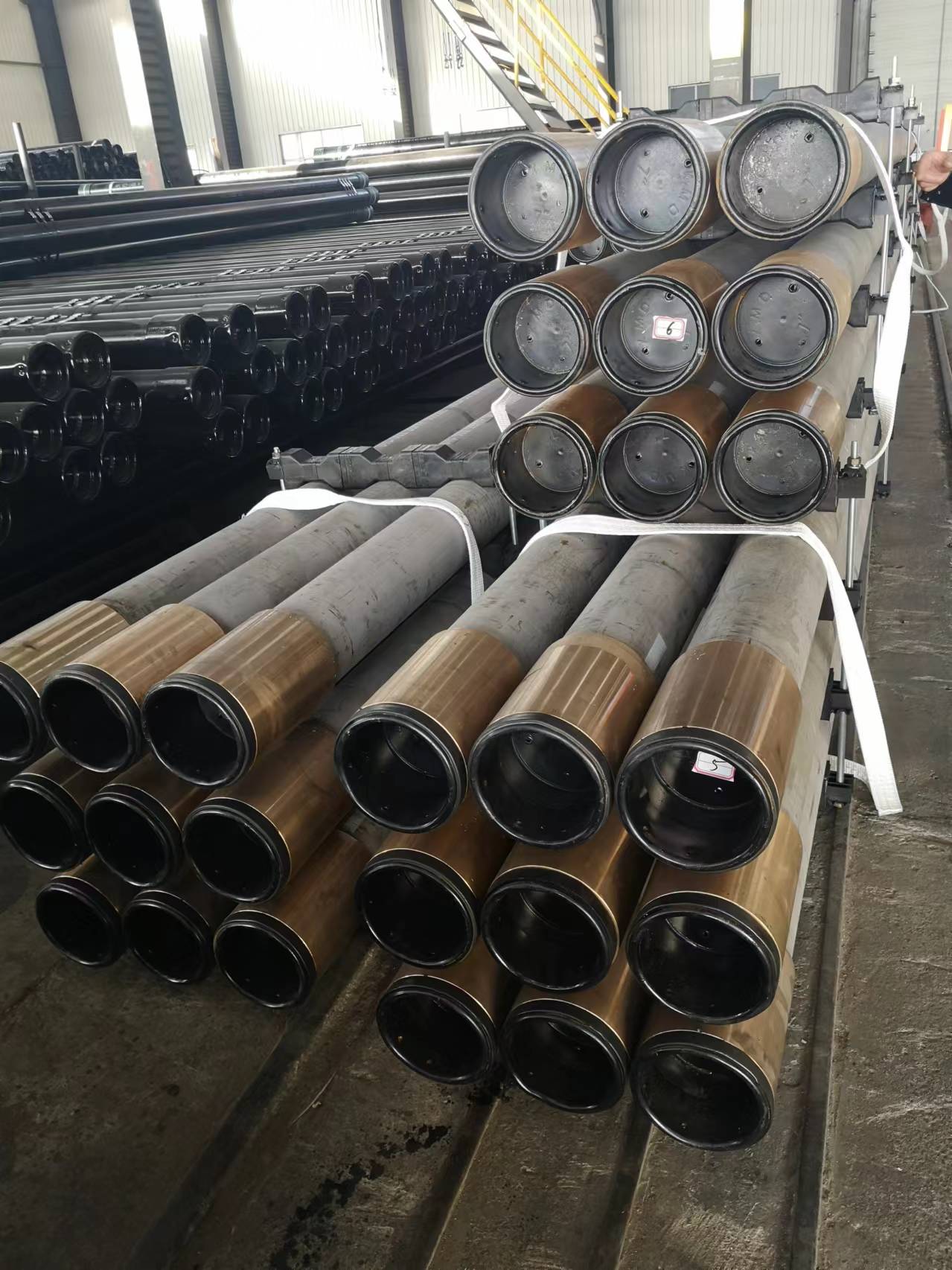- Afrikaans
- Albanian
- Amharic
- Arabic
- Armenian
- Azerbaijani
- Basque
- Belarusian
- Bengali
- Bosnian
- Bulgarian
- Catalan
- Cebuano
- Corsican
- Croatian
- Czech
- Danish
- Dutch
- English
- Esperanto
- Estonian
- Finnish
- French
- Frisian
- Galician
- Georgian
- German
- Greek
- Gujarati
- Haitian Creole
- hausa
- hawaiian
- Hebrew
- Hindi
- Miao
- Hungarian
- Icelandic
- igbo
- Indonesian
- irish
- Italian
- Japanese
- Javanese
- Kannada
- kazakh
- Khmer
- Rwandese
- Korean
- Kurdish
- Kyrgyz
- Lao
- Latin
- Latvian
- Lithuanian
- Luxembourgish
- Macedonian
- Malgashi
- Malay
- Malayalam
- Maltese
- Maori
- Marathi
- Mongolian
- Myanmar
- Nepali
- Norwegian
- Norwegian
- Occitan
- Pashto
- Persian
- Polish
- Portuguese
- Punjabi
- Romanian
- Russian
- Samoan
- Scottish Gaelic
- Serbian
- Sesotho
- Shona
- Sindhi
- Sinhala
- Slovak
- Slovenian
- Somali
- Spanish
- Sundanese
- Swahili
- Swedish
- Tagalog
- Tajik
- Tamil
- Tatar
- Telugu
- Thai
- Turkish
- Turkmen
- Ukrainian
- Urdu
- Uighur
- Uzbek
- Vietnamese
- Welsh
- Bantu
- Yiddish
- Yoruba
- Zulu
tubing crossover
Understanding Tubing Crossover A Key Component in Oil and Gas Operations
In the oil and gas industry, efficient extraction of resources relies heavily on the advanced technologies and equipment employed during drilling operations. One such critical component is the tubing crossover, which plays a pivotal role in connecting different pipe sections within the drilling setup. This article delves into what tubing crossovers are, their significance, and the factors to consider when selecting them for various applications.
A tubing crossover is essentially a fitting designed to join two different sizes or types of tubular goods in a wellbore. It is commonly utilized in scenarios where a transition between two sections of tubing is required, such as when moving from a larger diameter pipe to a smaller one or when switching between different materials. The crossover allows for flexibility in designing the drilling process, ensuring that it can be adapted to the specific requirements of each well.
The primary function of a tubing crossover is to maintain the integrity of the wellbore. During drilling operations, pressure differentials can be significant, and utilizing the appropriate crossover helps manage these pressures effectively. A well-designed crossover reduces the risk of leaks and ensures that the flow of fluids—whether they are oil, gas, or drilling mud—is conducted smoothly and efficiently. This is crucial as any interruption can lead to costly downtime and affect overall production levels.
tubing crossover

There are several factors to consider when selecting the right tubing crossover for a given application. First and foremost is the compatibility of materials; the crossover must be made from materials that can withstand the specific pressures and corrosive environments of the drilling site. Manufacturers often provide crossovers made from steel, stainless steel, or other alloys to fulfill these requirements.
Another important consideration is the size and configuration of the crossover. Different wells may have varying specifications based on the depths and geology encountered. Engineers must analyze the specific design of the well to ensure that the crossover selected will facilitate optimal flow rates and pressure management.
Moreover, certified quality and adherence to industry standards are critical in tubing crossover selection. Well integrity and safety depend greatly on the quality of the connections, and thus, utilizing certified components from reputable manufacturers is essential.
In conclusion, tubing crossovers are invaluable components in the oil and gas industry's drilling operations. By allowing for the seamless transition between different pipe sizes and materials, they contribute to efficient and effective resource extraction. Understanding their function and the factors involved in their selection is vital for engineers and operators aiming to optimize drilling performance while ensuring safety and reliability.
-
Tubing Pup Joints: Essential Components for Oil and Gas OperationsNewsJul.10,2025
-
Pup Joints: Essential Components for Reliable Drilling OperationsNewsJul.10,2025
-
Pipe Couplings: Connecting Your World EfficientlyNewsJul.10,2025
-
Mastering Oilfield Operations with Quality Tubing and CasingNewsJul.10,2025
-
High-Quality Casing Couplings for Every NeedNewsJul.10,2025
-
Boost Your Drilling Efficiency with Premium Crossover Tools & Seating NipplesNewsJul.10,2025







